From Wild to Wonderful: The Complete Bengal Cat History
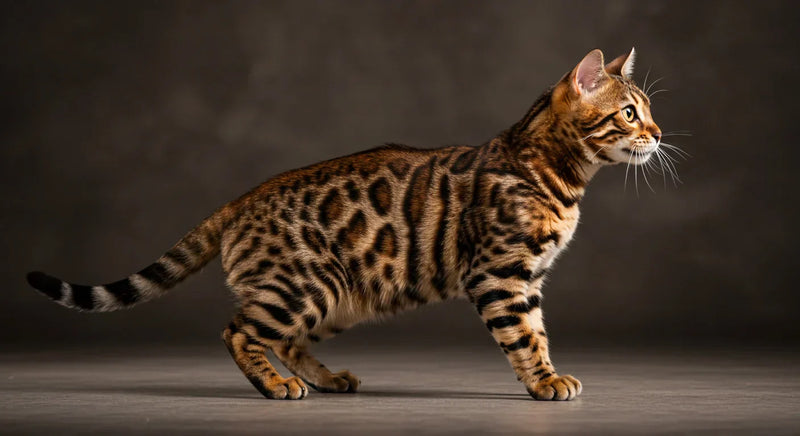
Bengal cats, known for their striking appearance and playful personalities, have a rich history that intertwines their wild ancestry with domestic companionship. Understanding their background offers insights into their unique characteristics and behaviors, making them a beloved choice among cat enthusiasts. These cats stand out not just for their leopard-like spots but for their intelligence and energy levels that stem directly from their wild heritage.
In this blog, we'll explore how Bengal cats developed from their wild origins to become the popular pets they are today. What makes these cats special becomes clear when you understand the Bengal cat breed history over the past several decades.
The Origins of the Bengal Cat: Early Bengal Cat History
The history of the Bengal cat can be traced back to the Asian leopard cat (Prionailurus bengalensis), a small wild feline native to Southeast Asia. In the 1960s, Jean Sugden, a breeder in the United States, began experimenting with crossing domestic cats with the Asian leopard cat, aiming to create a breed that retained the leopard cat's stunning appearance while possessing the temperament of a house cat.
This initial crossbreeding led to the birth of the first Bengal kittens, marking the beginning of Bengal cat history. The breed quickly gained attention for its unique spotted coat resembling that of a leopard. The early Bengals, however, faced challenges in temperament and health, prompting breeders to refine their lines by incorporating more domestic breeds, such as the Abyssinian, Burmese, and Egyptian Mau.
Establishment of the Breed: Bengal Cat Breed History Timeline
By the 1980s, the Bengal breed had garnered enough interest to be officially recognized by cat registries. The International Cat Association (TICA) granted Bengals preliminary recognition in 1983 and full recognition in 1991, allowing them to compete in cat shows. Their popularity soared, thanks to their exotic appearance and lively personalities, which appealed to a broad audience.
The key milestones in Bengal cat breed history include:
-
1983 - TICA granted preliminary recognition to the Bengal breed
-
1991 - Full recognition achieved, allowing Bengals to compete in championship classes
-
1990s - Other major registries began accepting Bengal cats for registration
-
2000s - Bengal cats gained acceptance in international cat shows worldwide
This official recognition marked a turning point in the history of Bengal cats, establishing breeding standards and ensuring the continuation of healthy bloodlines.
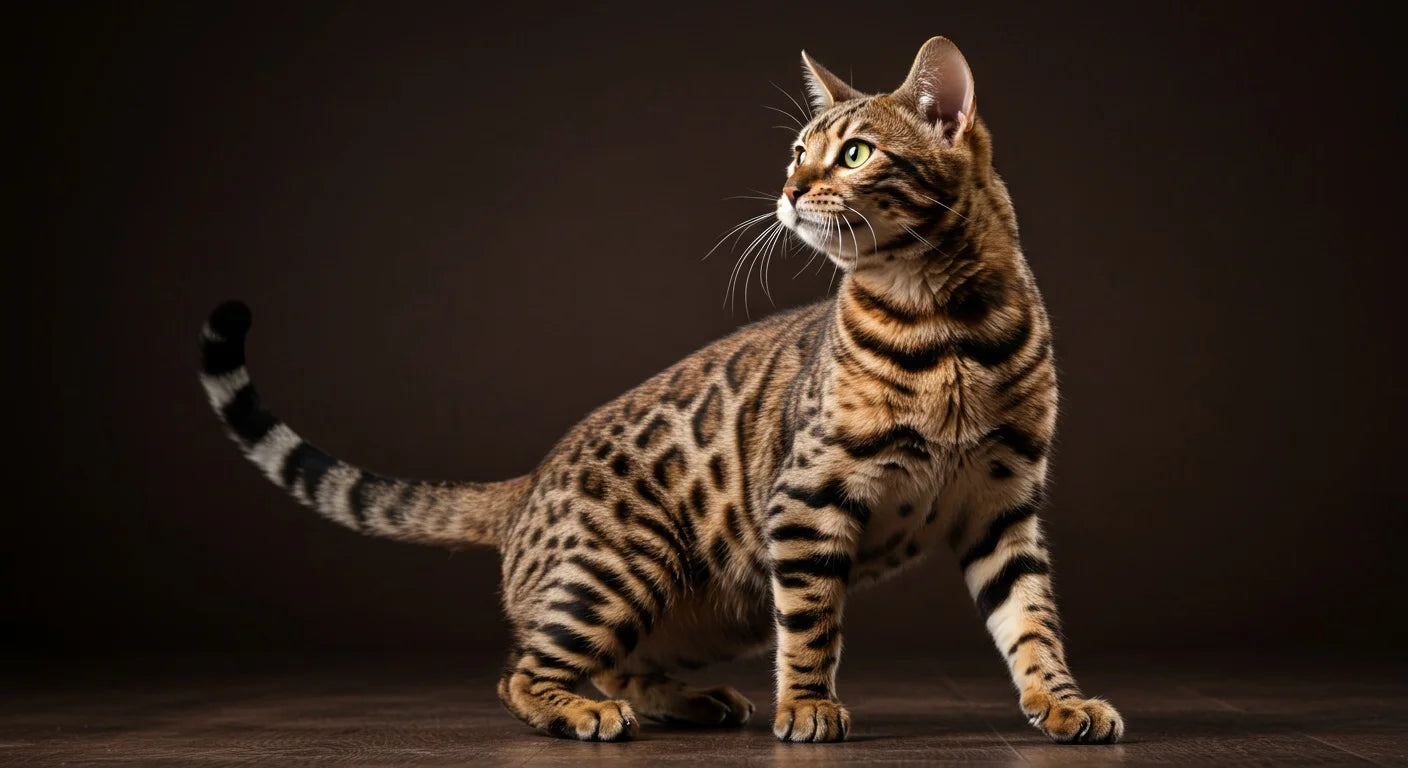
Physical Characteristics Throughout Bengal Cat History
Bengal cats are renowned for their stunning physical attributes that reflect their wild ancestry. Their distinctive appearance combines the exotic appeal of their leopard cat heritage with the refined features of domestic breeding, traits that have been carefully preserved throughout Bengal cat history.
Coat Patterns and Colors
Bengal cats are known for their distinctive coat patterns, which can be spotted or marbled. The spotted variety features clear, distinct spots that can be round, oval, or rosette-shaped, with many preferring the rosette pattern that closely mimics wild leopards.
The marbled pattern displays flowing, horizontal stripes that create a marble-like appearance with swirled designs. Their luxurious fur is short and soft, often exhibiting a shimmering effect due to a genetic trait called "glitter." Bengal coats come in various colors, including brown, silver, snow, and charcoal variations.
Body Structure and Build
The breed's athletic build, characterized by strong muscles and a graceful gait, further emphasizes its wild heritage. Bengal cats possess a medium to large frame with well-developed hindquarters that contribute to their impressive jumping ability and agility.
Their powerful shoulders and chest give them a robust appearance, while their sleek profile maintains an elegant silhouette that speaks to their wild origins.
Key Physical Features
Bengal cats display several distinctive physical traits:
-
Size - Medium to large cats, typically weighing 8-15 pounds
-
Head shape - Broad skull with high cheekbones and a strong chin
-
Eyes - Large, oval-shaped eyes in gold, green, or blue
-
Ears - Medium-sized with rounded tips and a wide base
-
Tail - Thick and muscular with distinctive rings or spots
-
Legs - Strong and muscular, with hind legs slightly longer than front legs
These physical characteristics make Bengal cats one of the most visually striking domestic breeds, combining wild beauty with domestic charm.

Personality and Behavior: Bengal Cat Temperament Through History
Bengals are not just stunning to look at; they also possess a spirited personality that sets them apart from many other domestic breeds. Their wild heritage influences their behavior patterns, creating cats that are both engaging and demanding companions. Understanding the history of the Bengal cat helps explain these unique behavioral traits.
Intelligence and Learning Abilities
Bengals are highly intelligent, often mastering tricks and puzzles with ease. These cats demonstrate problem-solving skills that can sometimes surprise their owners, figuring out how to open doors, cabinets, and even simple latches. Their quick learning ability makes them excellent candidates for clicker training and interactive games.
Many Bengal owners report their cats learning to fetch, sit on command, and even walk on leashes. This intelligence also means they can become bored easily without proper mental stimulation.
Energy and Play Requirements
Known for their playful and energetic nature, they require plenty of mental and physical stimulation. Bengal cats maintain kitten-like energy well into their adult years, needing active play sessions to prevent boredom and destructive behavior. They particularly enjoy climbing, jumping, and exploring their environment.
Interactive toys, puzzle feeders, and regular play sessions are essential for their well-being. Without adequate stimulation, Bengals may develop behavioral issues such as excessive vocalization or destructive scratching.
Social Nature and Bonding
Their sociable and affectionate demeanor makes them excellent companions, as they bond closely with their human families. Bengal cats often follow their owners around the house and enjoy being involved in daily activities.
They typically do well with children and can adapt to multi-pet households when properly socialized. These cats crave interaction and may become lonely if left alone for extended periods, making them better suited for active households.
Typical Bengal Behaviors
Bengal cats exhibit several distinctive behavioral traits:
-
Vocalization - Often "talk" to their owners with chirps, trills, and meows
-
Water fascination - Many Bengals enjoy playing with or even swimming in water
-
Climbing instincts - Prefer high perches and cat trees for observation
-
Interactive play - Enjoy games that challenge their hunting instincts
-
Attention-seeking - Often demands interaction and can become attention-focused
-
Territorial awareness - May be protective of their space and family
Understanding these personality traits helps potential owners prepare for life with these dynamic and engaging cats.
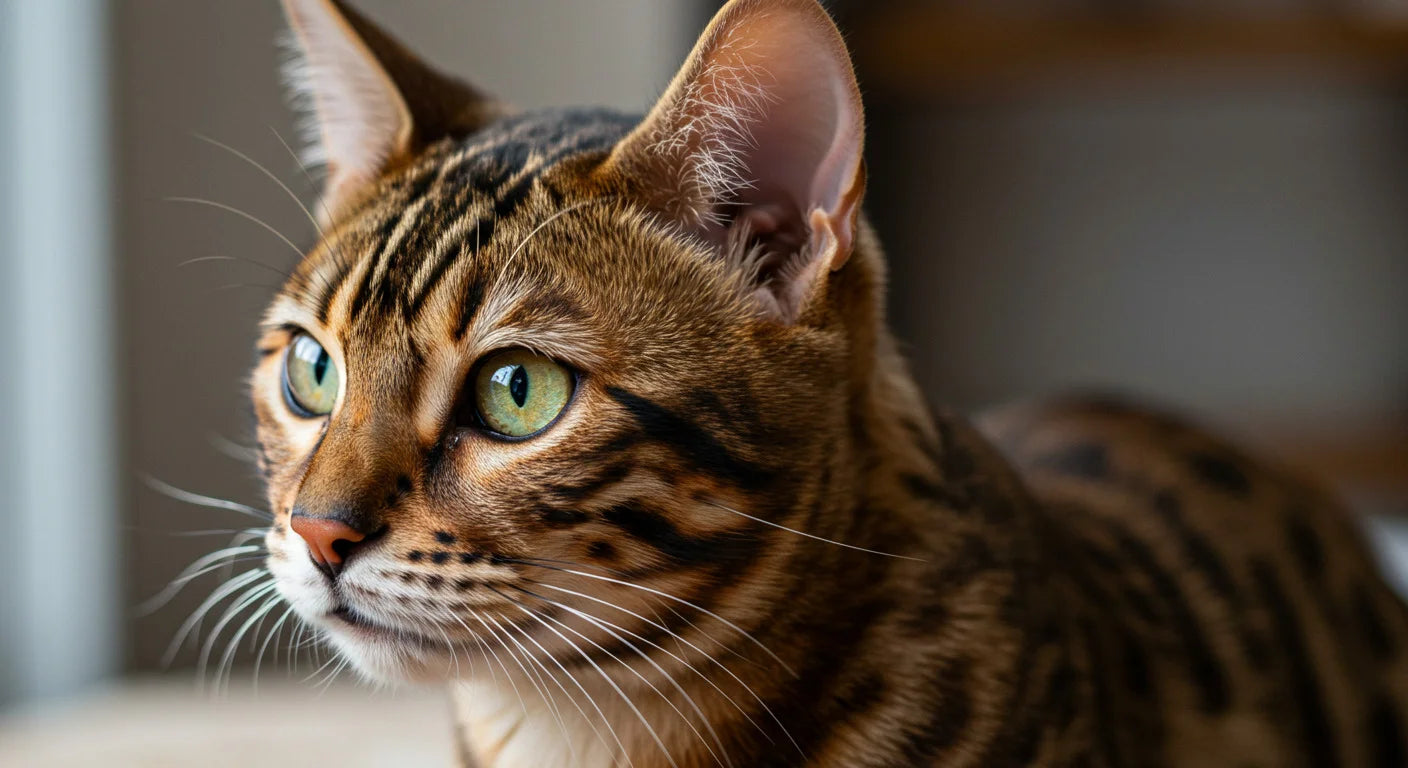
Modern-Day Bengals: Contemporary Bengal Cat History
Today, Bengal cats are one of the most popular breeds worldwide, celebrated for their beauty and vibrant personalities. Their popularity has grown significantly since their recognition, with Bengal cats now ranking among the top breeds in many countries. This modern chapter in Bengal cat history reflects decades of careful breeding and development.
Responsible breeding practices continue to evolve, focusing on enhancing their health and temperament while preserving their striking appearance. Modern breeders prioritize genetic health testing to screen for hereditary conditions, resulting in healthier Bengal lines with more predictable temperaments that better suit family life.
As Bengal cats remain a sought-after breed, potential owners are encouraged to research and understand their unique needs. This includes providing adequate mental stimulation, ensuring proper socialization, and choosing reputable breeders who prioritize health and temperament over appearance alone.
Conclusion
The history of Bengal cats is a fascinating story of wild ancestry and dedicated breeding that has resulted in one of the most beloved feline breeds today. Their stunning appearance and spirited personalities continue to enchant cat lovers around the globe.
As you consider welcoming a Bengal into your home, you can appreciate the rich heritage that contributes to their charm and character. Make sure to know the advantages and disadvantages of owning a Bengal cat before you decide on adopting one.
Contact us if you are thinking of getting one. Check our available Bengal kittens for sale, and we will help you with our adoption process. Start your journey with us and do not miss out!
Frequently Asked Questions
1. Are Bengal cats actually part wildcat?
Yes, Bengal cats have the wild Asian leopard cat in their family tree. However, pet Bengals today are many generations removed from their wild ancestors, making them fully domestic cats. The wild Bengal cat's history is what gives them their spotted coat and playful personality.
2. How did Bengal cats get their name?
The name "Bengal" comes from the scientific name of the Asian leopard cat, Prionailurus bengalensis. It doesn't actually refer to the Bengal region in India, which surprises many people learning about the Bengal cat breed history.
3. Why were Bengal cats banned in some places?
Some cities and states worried about Bengal cats because of their wild ancestry. They thought these cats might be too aggressive or escape and harm local wildlife. Most of these bans have been lifted as people learned more about Bengal cat history.
4. Do Bengal cats cost more because of their history?
Bengal cats often cost more than regular cats, partly because of their unique background and breeding requirements. Their Bengal cat breed history involved careful, expensive breeding programs that continue today.
5. What makes Bengal cats special compared to other spotted cats?
Unlike other spotted cats that were bred just for looks, Bengal cats actually have wild cat genes. This gives them unique traits like loving water and being super active - things that trace back to their history of Bengal cats.




















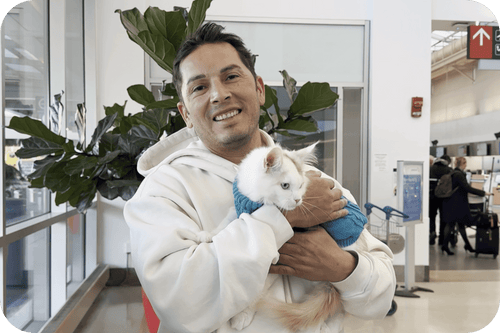
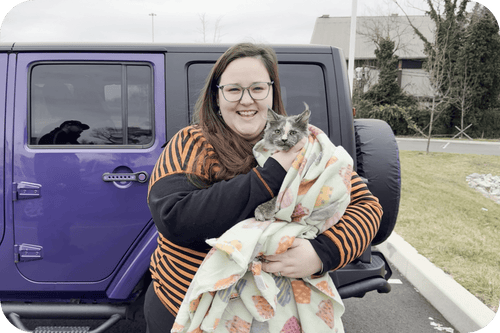



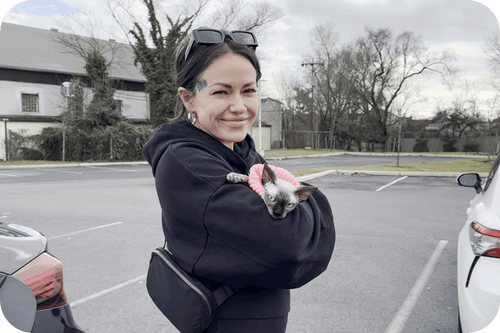
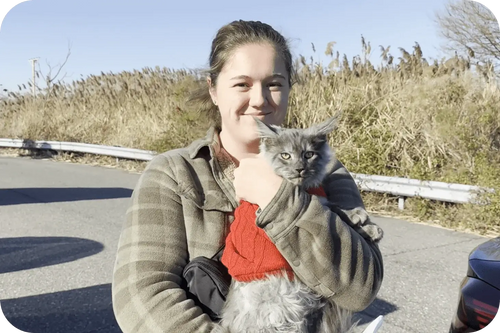
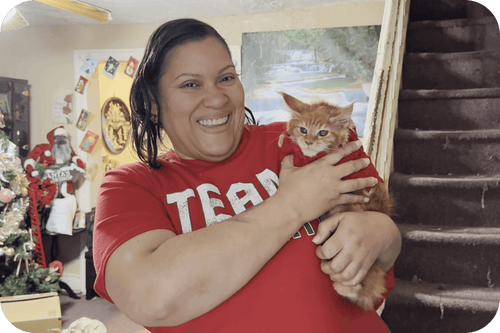
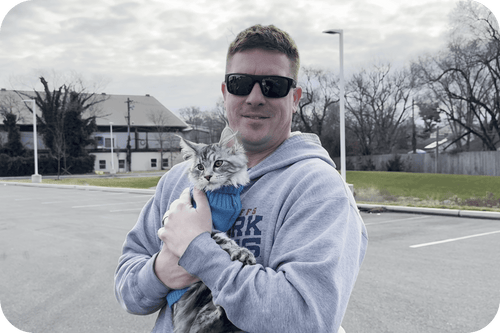



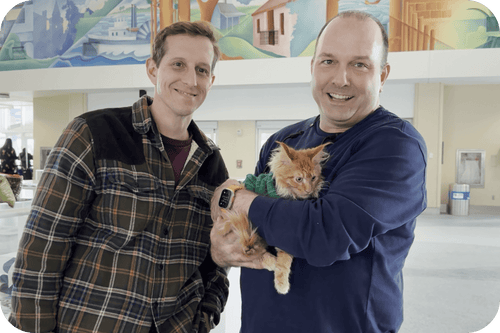
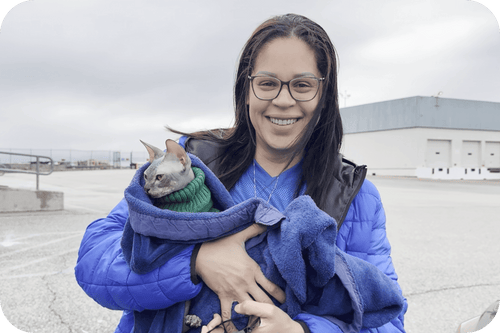
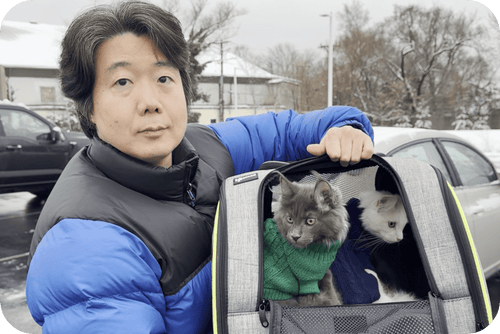
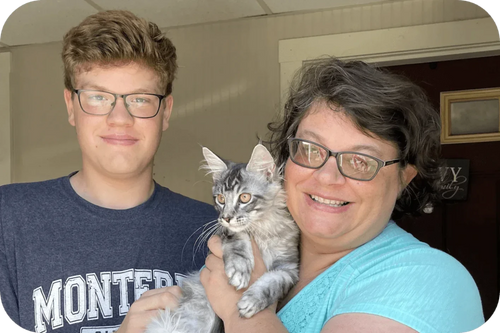
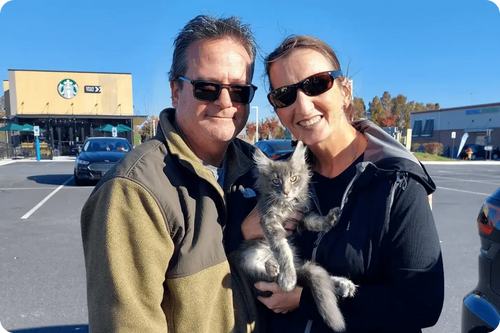
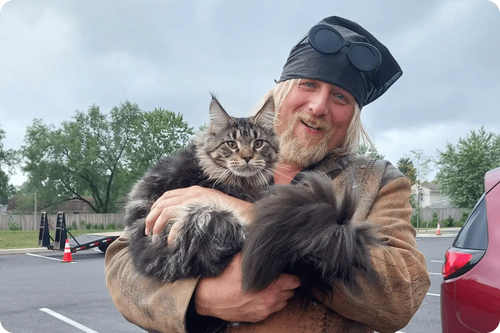
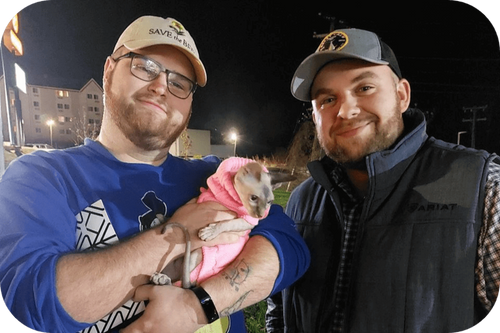
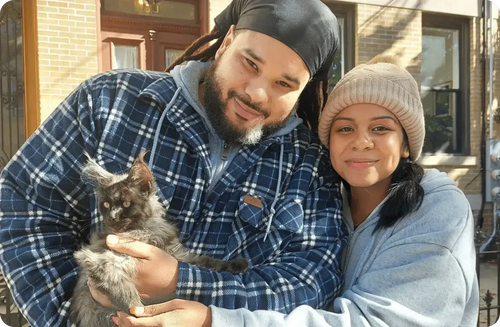
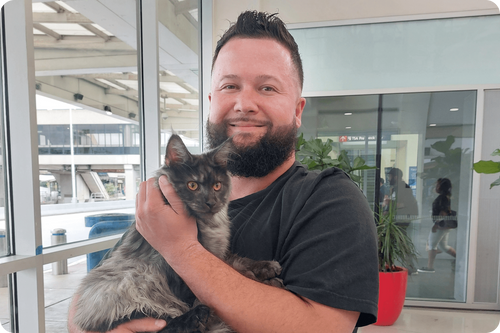













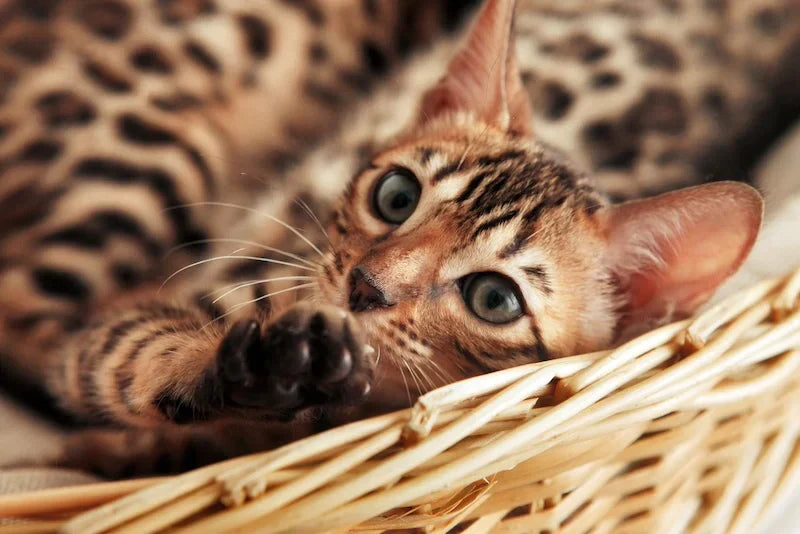
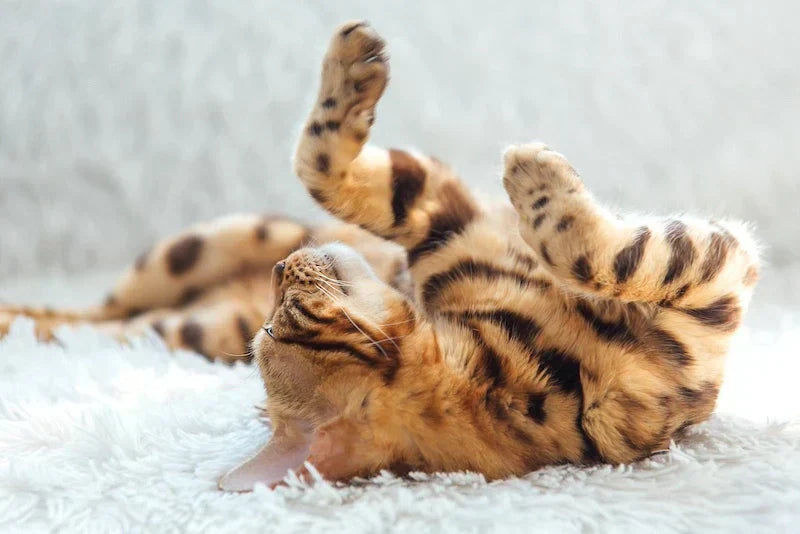
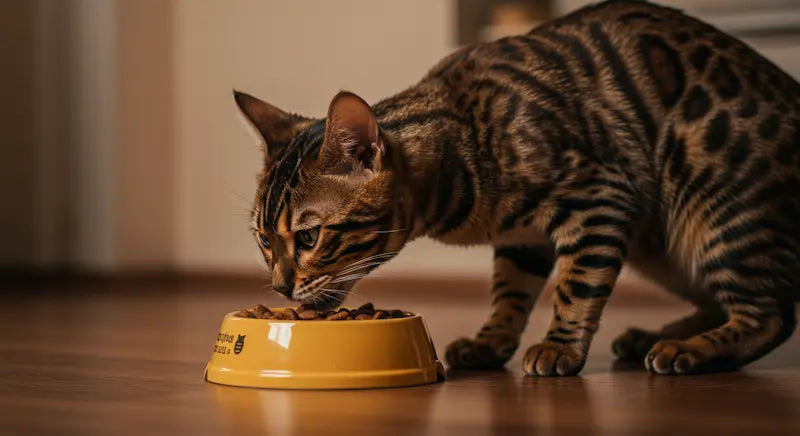




Comments(0)